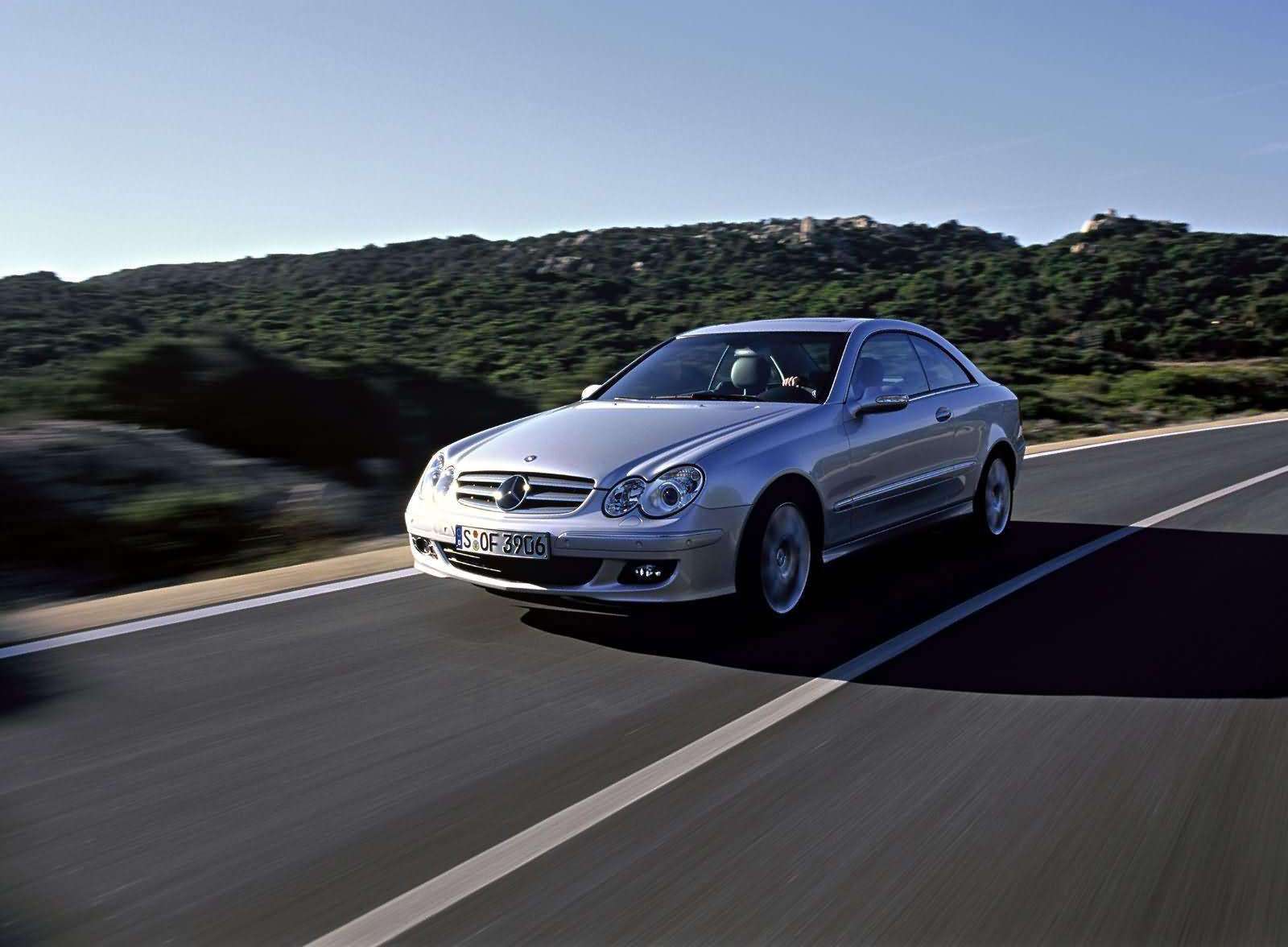Mercedes CLK – everything you need to know
History Mercedes CLK
Before the Mercedes CLK appeared on the scene in 1997, Das Haus supplied the E-Class coupe and convertible. Changing that model designation to CLK made the coupe and convertible two stand-alone models. Moreover, the CLK name also more closely matched the approach Mercedes-Benz took to the model. In fact, the CLK had the styling of the E-Class, but the chassis came from the C-Class. In the hierarchy of Mercedes-Benz, the CLK stood between the SLK and the much larger CL, but the CLK was nonetheless the only four-seat convertible the brand supplied at the time.
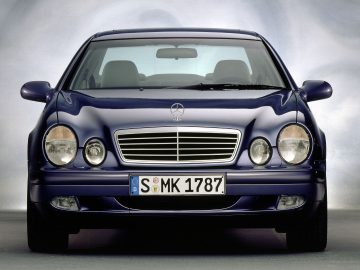


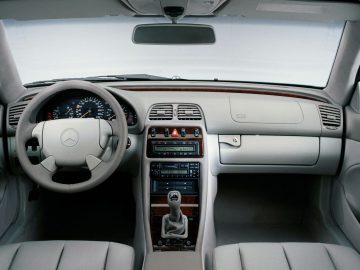
First generation
The first generation Mercedes CLK was virtually identical to the E-Class W202 in front and rear appearance. Between that front and back, of course, everything was completely different. For example, the wheelbase of the CLK was 14.3 centimeters shorter than that of the E-Class sedan, and the entire car was a whopping 25 centimeters shorter. Of course, the first-generation CLK came immediately as a coupe and convertible. In terms of engines, initially only the CLK 200 and CLK 230 were in the showroom. Not much later came the CLK 320, followed by the CLK 430 with 4.3-liter V8. The absolute top model was the CLK 55 AMG with 5.5-liter V8.
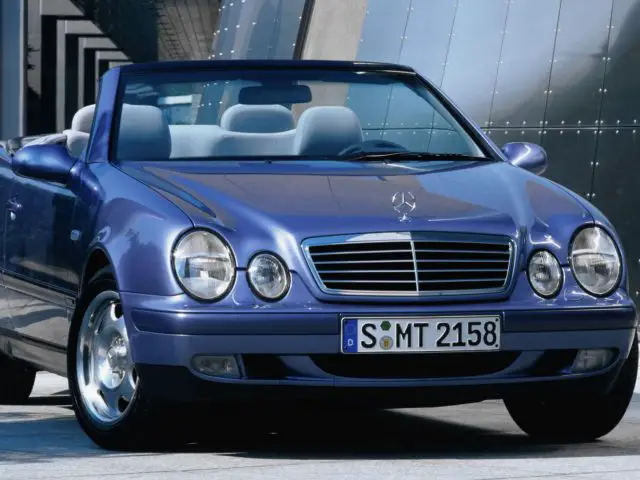


second generation
With the introduction of the second-generation CLK in 2002, Mercedes-Benz took a slightly different tack. Although the similarities to the E-Class were still there, the CLK did get a more distinctive look with the star in the grille. Back then, it was not possible to order the E-Class with a star in the grille, even on the very thickest AMG variants.
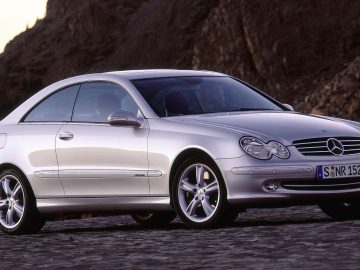
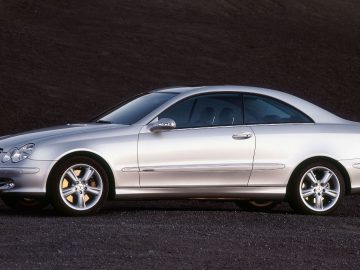
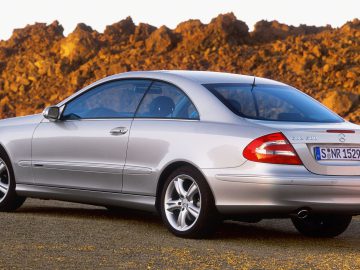

Mercedes-Benz again supplied the CLK with a wide range of engines. In addition, the second-generation CLK was even allowed to shine in Formula 1 as a safety car! A number of special AMG variants of the second-generation CLK also hit the market: the 507-hp CLK 63 AMG Black Series and the whopping 582-hp CLK DTM AMG. Only 100 coupes and 100 convertibles of the latter were built. How exclusive do you want it to be?

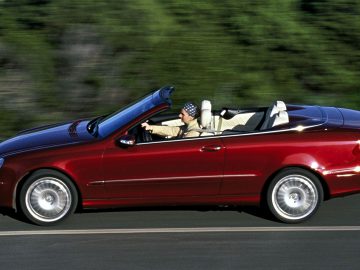
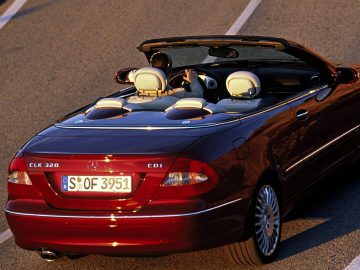
Mercedes CLK occasion
If you’re in the market for a used CLK, though, there are a few points to consider. First of all, the convertible is a lot riskier because both generations have a power fabric hood. So check carefully that it is still functioning properly and that the hood is not leaking. Furthermore, a conclusive maintenance history is incredibly important. This is actually true for any used car you buy, but especially for Mercedes cars of this ilk. Electrical problems are also fairly common, so when test driving, check that all functions in the car are working properly.

CLK GTR: a wacky outing
Of the first-generation CLK, Mercedes-Benz also built a version that had very little to do with the regular CLK: the CLK GTR. That was a homologation special of the race car used by Mercedes-Benz in the FIA GT championship. Only 28 examples of the street version of the CLK GTR were eventually built: two prototypes, 20 coupes and six roadsters. The carbon-fiber monocoque and bodywork stem directly from the race car, as does the 7.3-liter V12 that sits in the middle. That one unleashes its 640 horsepower on the rear wheels via a six-speed sequential transmission with carbon-fiber clutch, which certainly does not make the CLK GTR an easy car to drive. Exactly how it drives, however, we will never know. A CLK GTR now costs a fortune….


